# Malaysia's Wong Kai Hui is 2021’s Thomson Foundation Young Journalist Award winner, and one of the reports she made is as follows...2021 Thomson Foundation Young Journalist Award - Malaysia's Wong Kai Hui - CONGRATULATIONS
Another mining project is now awaiting approval from the Department of Environment to excavate iron ore in a degazetted forest reserve at Kuala Tembeling, Jerantut, Pahang.
This project has two similarities to the earlier reported controversial mining operations near Tasik Chini - both are linked to Pahang royalty and have appointed Golden Prosperous Resources Sdn Bhd as the contractor.
According to the environmental impact assessment (EIA) report which was released for public viewing at the end of last month, the Kuala Tembeling project involves 60.75ha of land, which is the size of around 113 football fields.
The project site, which affects the Central Forest Spine, will be cleared and excavated if the EIA is approved. The Central Forest Spine covers a wide swath across Peninsular Malaysia and links four main forest complexes.
The project site, located in the middle of the Som Forest Reserve, is a known roaming habitat for several protected wildlife, such as the Asian Tapir, Asian Elephant, Malayan Sun Bear, and the critically endangered Malayan Tiger.
According to the EIA report, the project will "significantly, permanently, and irreversibly impact" wildlife habitats. This is despite reclamation and rehabilitation of the area after mining activities are completed.
Mining lease owned by Pahang royalty
The EIA report states that the mining lease for Lot 15523 was owned by Tengku Nong Fatimah Sultan Ahmad Shah, who is the younger sister of Yang di-Pertuan Agong and Pahang ruler Sultan Abdullah Sultan Ahmad Shah.
Golden Prosperous Resources was appointed by Tengku Nong Fatimah through Sutera Manja Sdn Bhd.
Data from the Companies Commission of Malaysia (CCM) shows that Tengku Nong Fatimah is the largest shareholder of Sutera Manja. She holds a 70 percent stake.
Meanwhile, three other shareholders hold 10 percent of shares each. The three are all members of Pahang royalty.
As for Golden Prosperous Resources, CCM data shows it was registered in 2014 as a "bauxite mining and trading" company.
After Indonesia stopped exporting bauxite in 2014, the bauxite mining industry in Malaysia has grown substantially, filling the gap in the market.
Previous bauxite mining activity in Kuantan, Pahang became rampant and subsequently raised concerns of air and water pollution.
In 2016, the federal government stepped in and banned the mining and export of bauxite. The ban was lifted in 2019 after stricter standard operating procedures were set by the federal government.
When contacted, Golden Prosperous Resources said that issues regarding wildlife conservation and protection have been stated clearly by their professional consultant in the EIA report.
“The EIA report is carefully displayed and sent to the Department of Environment for approval. The implementation of this mining operation will be monitored by the government from time to time,” the company said in a short reply.
Mining lease will expire this July
It is worth noting that the mining lease held by Tengku Nong Fatimah is only valid for two years.
An attached document in the EIA shows the lease was approved on July 25, 2019, and is expected to expire on July 24, 2021.
However, according to the project implementation timeline, site clearing will begin in August 2021 before starting mining operations. Post-remediation was scheduled to end in June 2023.
In other words, although the existing mining license will expire in July this year, the iron ore mining plan will only start a month later in August.
For the record, lands and mining fall under the jurisdiction of the state government, so mining leases are approved by the Pahang state government.
Forest reserve degazetted
The 60.75ha project site was part of the Som Forest Reserve, which is also part of the Central Forest Spine categorised as an "environmentally sensitive area" in the National Physical Plan.
Despite this, the Pahang state government on June 18, 2019, excised the project land from the Som Forest Reserve through a gazette. The proposed site is now a piece of "state land" and no longer a forest reserve.
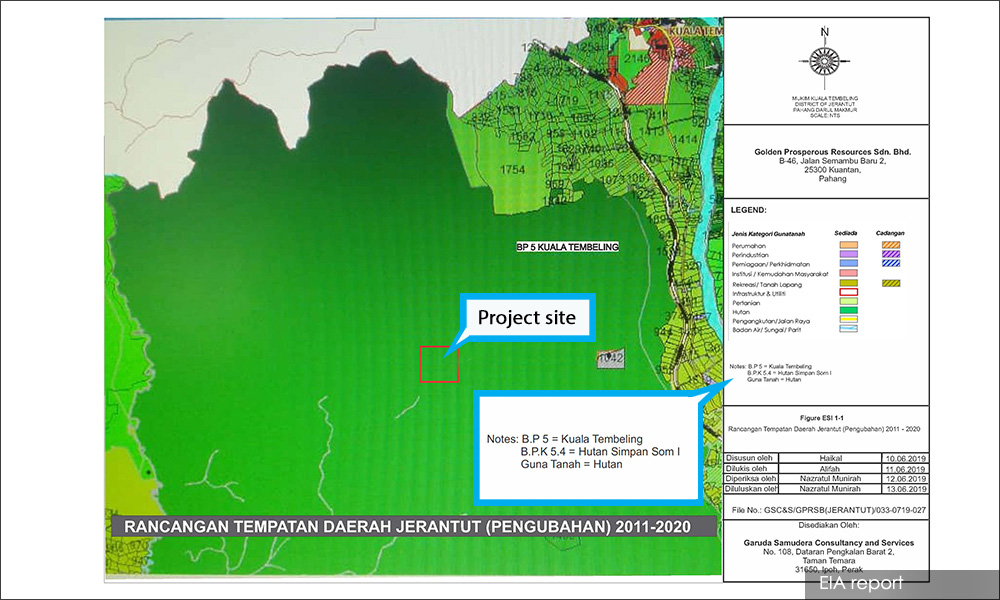
However, the current land use has yet to be amended in the gazetted Jerantut District Local Plan 2011-2020. According to the EIA report, the current local plan states that the land use of the project site is still listed as "forest".
Natural forest cover in Peninsular Malaysia has been gradually reduced and it has been getting worse over the past few decades as shown in the graph below extracted from the National Physical Plan 2.
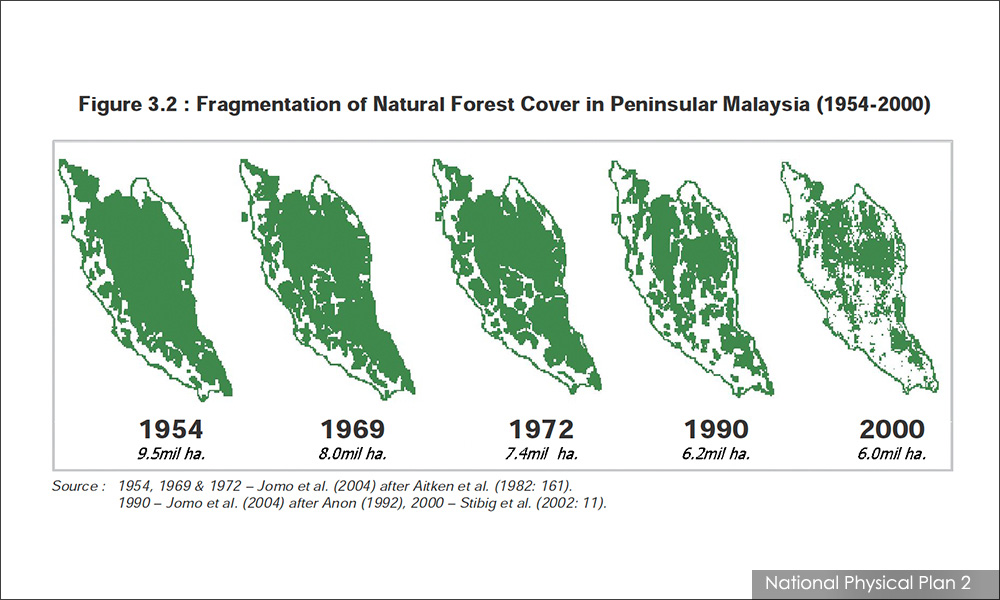
As forests are developed into roads, plantations, or other projects, the natural habitats of wildlife are cut into fragments. This leads to more conflict between wild animals and humans.
For example, tigers and elephants may go into plantations or human residential areas. Tapirs, apes, monkeys, and other wildlife may be killed by motor vehicles when their homes are crisscrossed with roads.
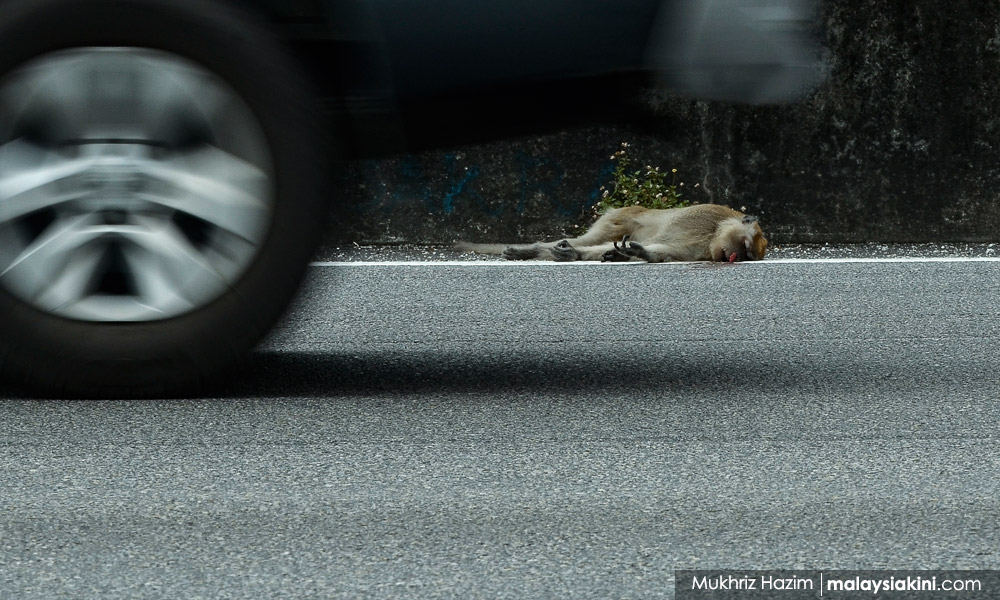
The EIA report highlighted that land clearing for mining activities may cause direct and indirect impacts on wildlife due to the "total loss" of habitat.
"For large and medium-sized wildlife, they are forced to flee to other available habitats or nearby forest areas for feeding and shelter. For small mammals, their feeding areas will be permanently lost.
"For the mining project, since most of the proposed work areas and mining areas are the existing forest areas in the Som Forest Reserve, the impacts would be significant," read the report.
In the Wildlife Conservation Act 2010, endangered and protected wild animals are categorised into two protection levels - totally protected and protected.
The EIA for the mining project included surveying and recording the existing environment situation.
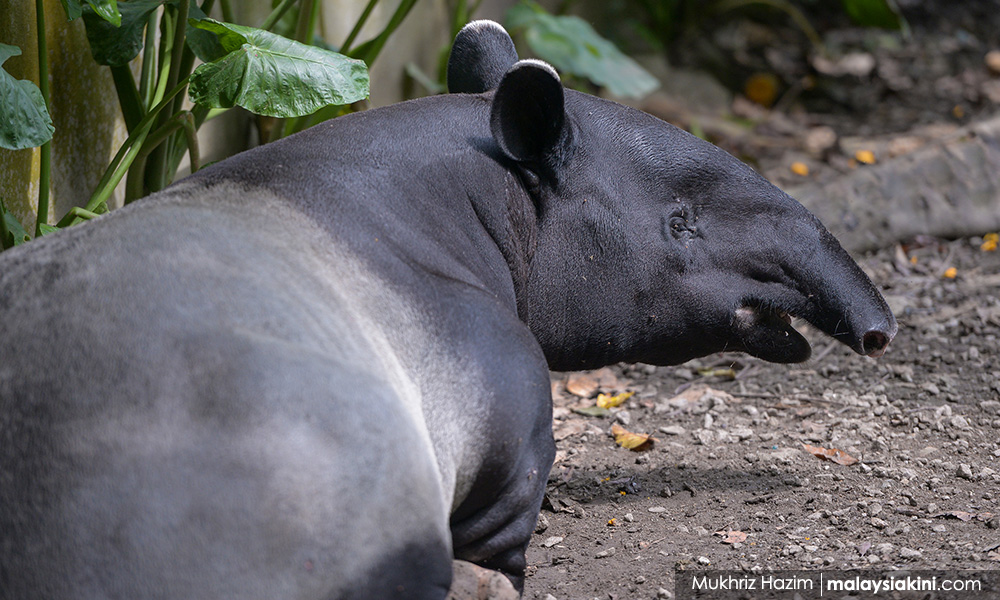
The research team listed protected species in accordance with the Wildlife Conservation Act 2010, as well as the Red Lists of Endangered Animals for Peninsular Malaysia and also the International Union for Conservation of Nature (IUCN) Red List of Threatened Species.
The survey recorded 15 totally protected and 11 protected mammals in the area.
The 15 totally protected mammals are the Asian Tapir, Malayan Sun Bear, Malayan Tiger, Leopard, Leopard Cat, Asian Elephant, Common Treeshrew, White-handed Gibbon, Black Giant Squirrel, Cream-coloured Giant Squirrel, Prevost's Squirrel, Large Indian Civet, Short-tailed Mongoose, Clouded Leopard, and Sambar Deer.
The report stated that the most important species that needed detailed attention are the elephant and tapir. It is because they were found frequently roaming in the area.
"Based on dung distribution - regardless of individuals and age of dung - and mostly footprints for tapir that was documented during our field surveys, it can be concluded that elephants and tapirs are common within the proposed project area."
As for birds, 117 totally protected birds and 13 protected birds were found. For plants, no endangered species in the local or international Red List have been found.
Wildlife-human conflict expected
Over 90 percent or 55.14ha out of the 60.75ha project site will be cleared while the remaining 5.61ha will be left untouched as a buffer area.
The survey stated that feeding signs of elephants were found nearby.
"It is likely due to the fact that the areas in the western part of the proposed project have already been converted into plantations, such as oil palm and banana.
"Further opening and clearing of the forest are predicted to force this protected species to further move out of range and some individuals might be displaced towards neighbouring plantation and residential areas.
"This is a typical case of elephant-human conflict that should be avoided," read the report.
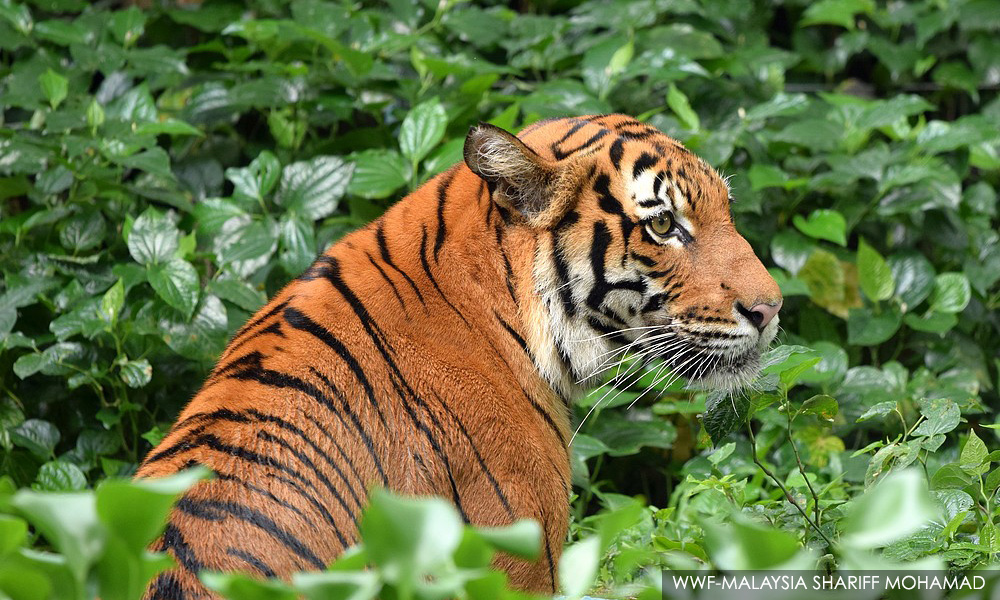
The report emphasised that Som Forest Reserve was reported to be the roaming habitat for IUCN-listed critically endangered species of Malayan Tiger and several large and important mammals such as elephants, tapirs, and sun bears as well as birds.
Essential salt lick nearby
A natural "salt lick" resource was also found by the survey team, which is located less than 500m south of the proposed site.
A salt lick is where wildlife obtain necessary nutrients such as calcium, magnesium, sodium, and zinc. This critical resource for animals in the Som Forest Reserve could face a total loss of functionality if the mining project is approved.
"From camera trapping studies, the salt lick is frequently visited by big herds of elephants, tapirs, and also sun bear."
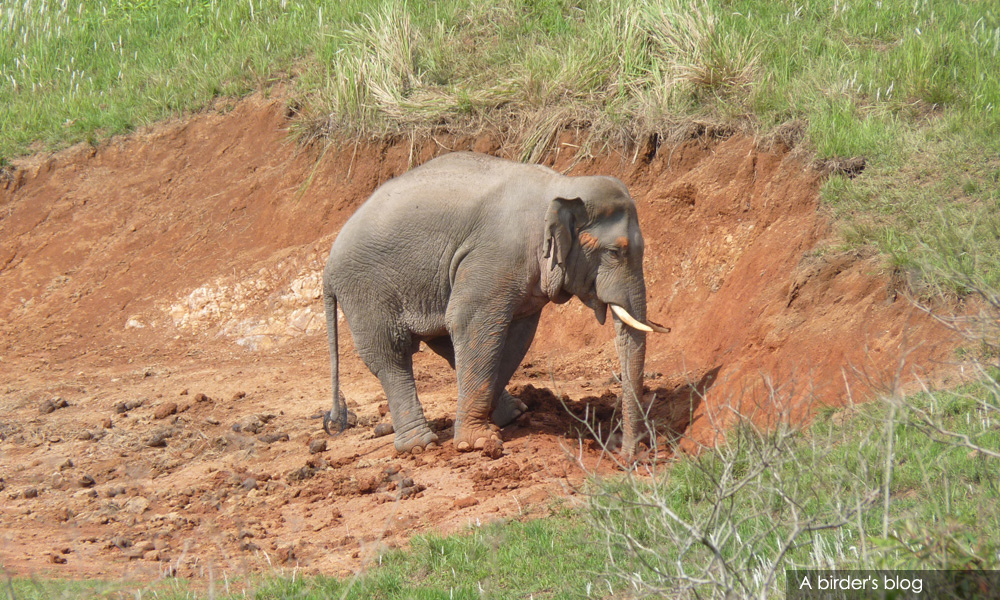
Salt licks are places rich in essential minerals where animals regularly visit to lick the soil or water to supplement their diet.
"The salt lick acts as a keystone resource for various important wildlife species in the Som Forest Reserve.
"Any disturbance surrounding the areas will change the geological structure of the area and further deteriorate the quality of the salt lick," read the report.
'Loss of habitat will be permanent'
The EIA reported was prepared by Garuda Samudera Consultancy And Services Sdn Bhd, who was appointed by Golden Prosperous Resources.
In addition to studying the impact on wildlife and forest environments, the EIA also looked into other aspects such as the potential of air pollution, sound pollution, as well as surface water and groundwater pollution.
It proposed mitigation plans to reduce the possible environmental impacts.
However, for the loss of habitat and loss of species, the report said it is difficult to propose effective mitigation measures.
"Site clearing and the creation of a mining area are two main activities. The most important impact is the loss of habitat which cannot be mitigated and the loss will be permanent.
"For loss of species, no proper mitigation can be provided except to try to minimise the work areas and ensure no movement of wildlife inside the work areas.
"The presence of endangered wildlife species needs to be reported to the Department of Wildlife and National Parks of Peninsular Malaysia (Perhilitan) where proper action can be made."
Mitigating measures
As one of the proposed mitigation methods, the EIA report suggested that a Wildlife Management Plan (WMP) needs to be established and submitted to Perhilitan for approval.
The WMP needs to provide detailed wildlife monitoring and addressing related issues.
It also suggested that the project proponent needed to establish a Wildlife Monitoring Team (WMT) with the supervision of Perhilitan in order to manage all situations involving wildlife, including wildlife conflicts.
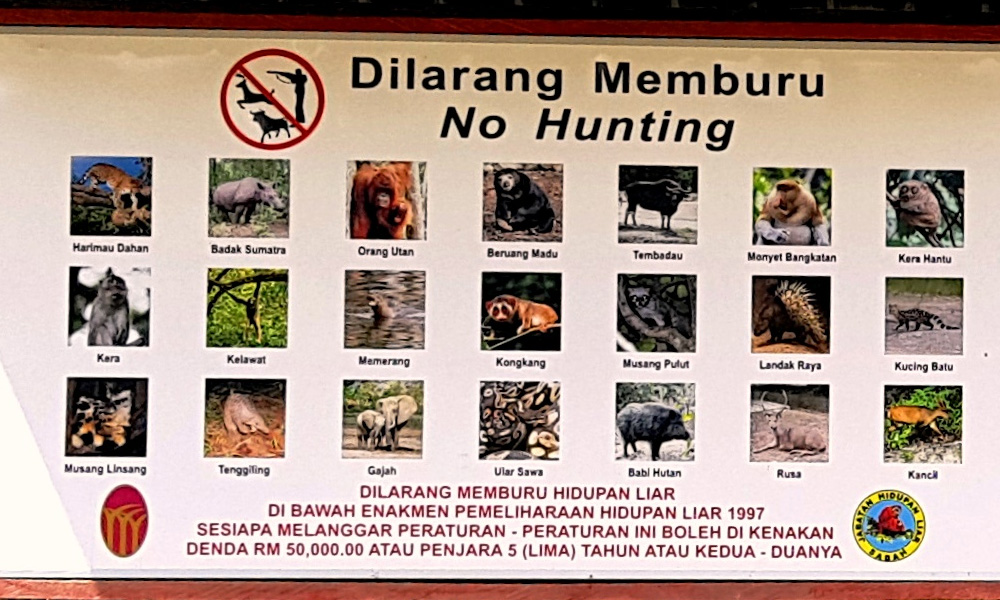
The report also stressed that contractors, workers, and villagers must be prohibited from illegal wildlife hunting and poaching.
Instead, they should be educated in periodic briefing sessions about wildlife conservation, laws prohibiting poaching, and punishments for disobeying the law.
Site clearing in phases to reduce harm
The report also proposed some wildlife-human conflict management strategies.
"Conflict between wildlife and humans can be mitigated differently by either guiding them back to the wild or translocation.
"Translocation is the last option and applies only to conflicts with wildlife that cannot be mitigated at the conflict area.
"Early assessment is very important because mitigating by wildlife translocation is very expensive."
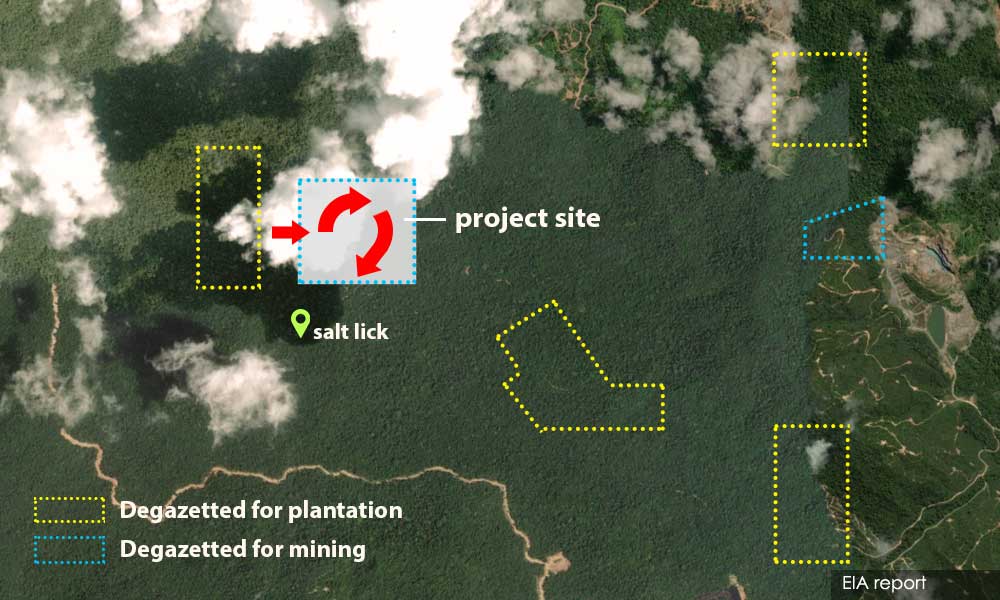
In addition, it suggested that site clearing for building roads, logging, mining, and setting up processing sites shall be done phase-by-phase, and following specific directions to minimise the impact on wildlife.
"Starting from the entry point on the west boundary, which is near to the forest edge, moving along the middle of the proposed site and followed by phases clearing towards the north, northeast, east, southeast, and south of the project boundary.
"This will ensure big mammals, especially elephants and tapirs, move gradually from the proposed site and move outwards from the proposed site to the direction of intact forest area.
"Gradually it will divert the movement of big mammals from the normal routes to the newly established routes and would not stop them from visiting the salt lick just about 500m south of the project boundary."
To avoid elephants stepping into the mining areas or nearby plantations, the EIA report also suggested for the project proponent and plantation owners to construct dry moats of at least six feet (1.8m) deep, and electrified fences after detailed discussions with Perhilitan.
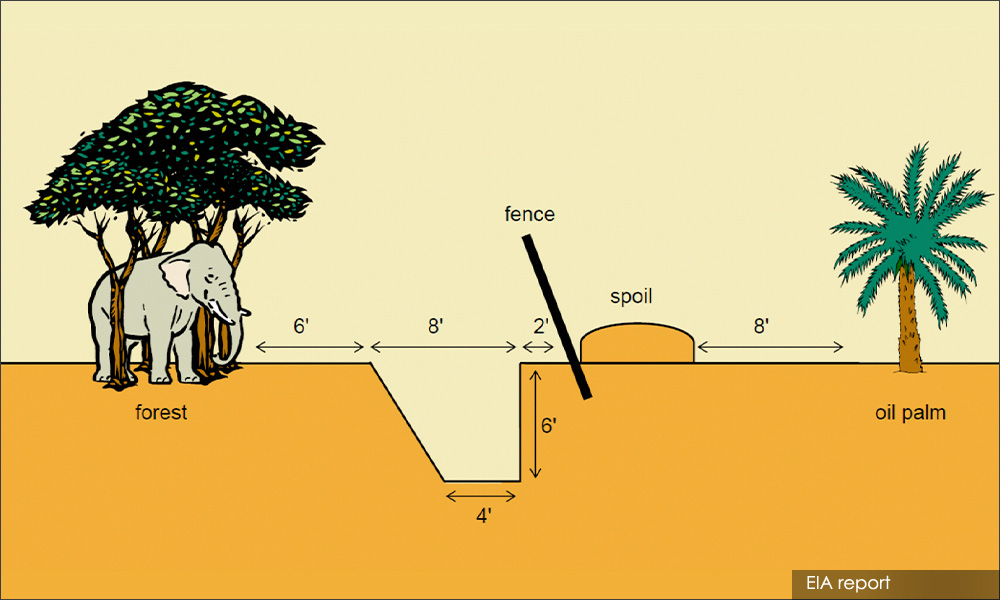
"The purpose of an electric fence is not so much as a physical barrier but more as a psychological one but it is important to remember that a determined elephant will usually get its way.
"The effectiveness of an electric fence and trenches does not rely solely on its design, construction, and voltage but has to be complemented with active protection and maintenance. This would mean that WMT should be employed to do maintenance works and to monitor wildlife movement at the mining and working areas."
Control and mitigate soil erosion
Deforestation and excavation activities may cause other environmental impacts such as dust pollution, increased surface runoff, and soil erosion.
"The land clearing and earthworks of the proposed project for the purpose of mining may expose the large tract of bare soil to erosion.
"The increase in sedimentation rate at the nearby river may not only reduce river conveyance capacities but also may destroy the habitat for aquatic lives.
"The reduction in conveyance capacities may result in the occurrences of flash floods," the report read.
According to the report, the annual amount of sediment which will flow into the river, in the worst case, will be 14,400 metric tons or 14.4 million kg.
It proposed constructing some facilities to reduce this impact, such as sediment pond and runoff management facilities to ensure water flowing into the river meets certain standards.
No significant impact to water source
Generally, surface water from the project site will flow into Sungai Kerak’s tributaries. Sungai Kerak crosses 6km to the north and flows northward into Sungai Pahang.
There is a water intake named Air Batu Embun Treatment Plant located downstream of Sungai Pahang.
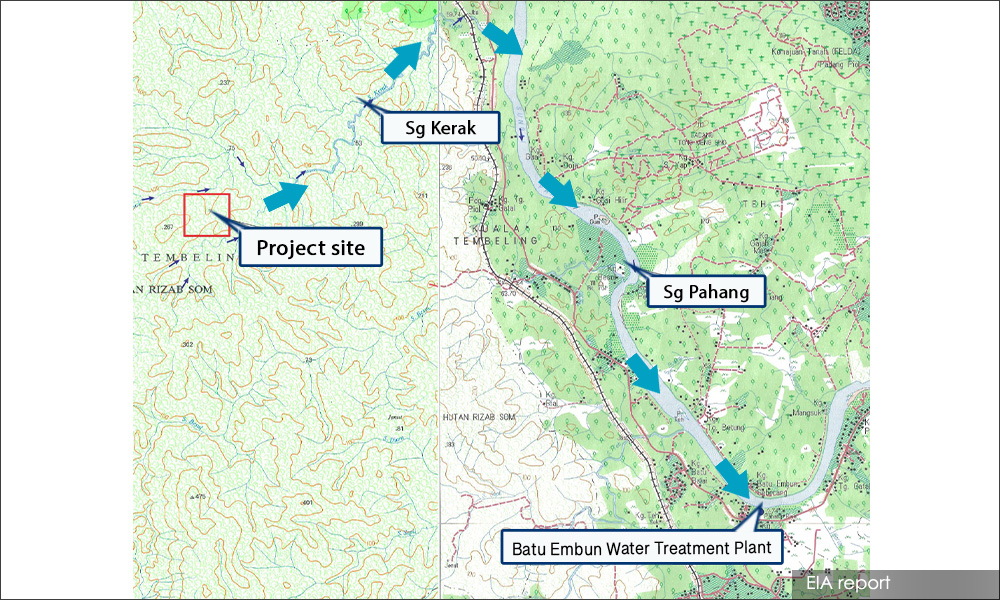
The EIA report claimed that no significant impact on water quality is expected at the water treatment plant located 20km away as there are mitigation plans in place.
However, growing fish in cages is a major contributor to the livelihoods of villagers especially at Kuala Tembeling, as recorded in the report.
Patin and Tilapia are the fish species that are most widely cultured in cages along Sungai Tembeling, Sungai Jelai, and also Sungai Pahang.
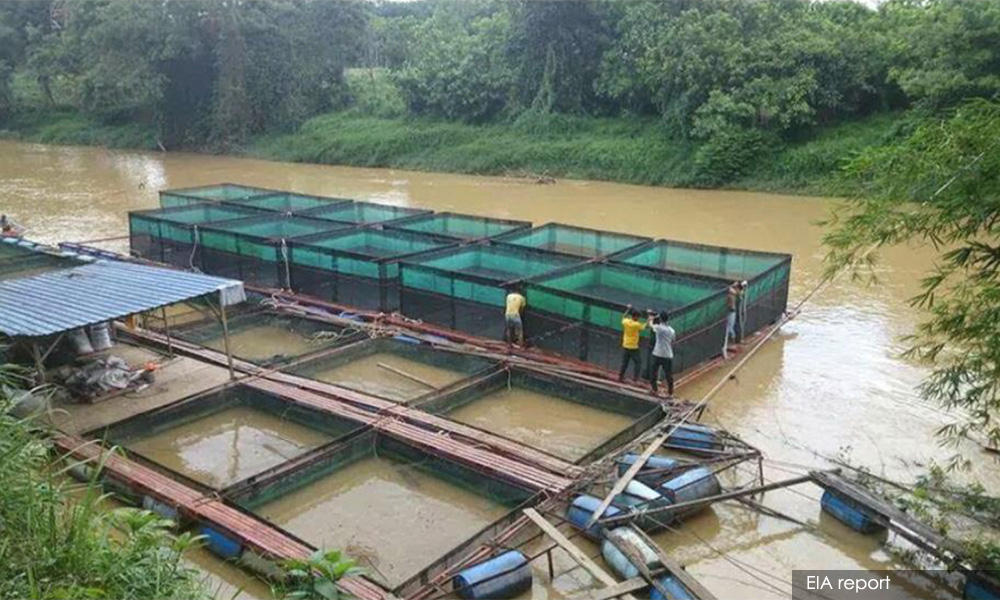
Despite this, the report did not go into further details as it concluded that there is "no residential and aquaculture activity within the project site or five-kilometre radius from the project site."
The public viewing of the EIA report started from May 31 and will be open until June 29. Members of the public are encouraged to give their feedback in this period.
Critical linkages of Central Forest Spine
In fact, the federal government in its 2005 National Physical Plan (NPP) aimed to conserve and rehabilitate critical linkages of the Central Forest Spine, which harbours the remaining population of Malayan tigers.
Several plans were formulated to implement this vision, including the Central Forest Spine Master Plan (CFSMP) and the National Tiger Conservation Action Plan (NTCAP).
In 2014, the government endorsed the Improving Connectivity in the Central Forest Spine (IC-CFS) project in collaboration with the Global Environment Facility (GEF) and the United Nations Development Programme (UNDP).
However, a map from the Pahang Land and Mines Office attached in the EIA report shows how the fragmentation of the Som Forest Reserve is continuing as more land is being excised from it.


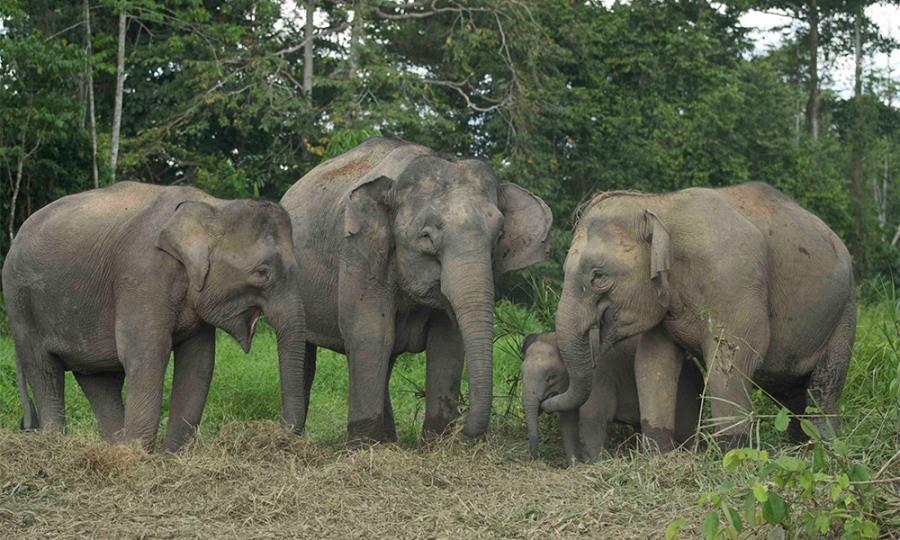




No comments:
Post a Comment